Das mechanische Verhalten der Fettpolster wird unter besonderer Berücksichtigung der anatomischen Struktur der Polster diskutiert. Die Polsterdicke und die Unversehrtheit des Septums sind für die mechanischen Eigenschaften des Fettpolsters von großer Bedeutung. Die beobachteten Belastungsmuster werden im Hinblick auf die mechanischen Komponenten diskutiert, die die Elastizität der Fettpolster beeinflussen. Diese Ergebnisse sind von direkter Bedeutung für das Verständnis der Pathophysiologie von Fersenschmerzen, die auf eine Degeneration des Fettpolsters zurückzuführen sind.
Klicken Sie hier für das vollständige PDF


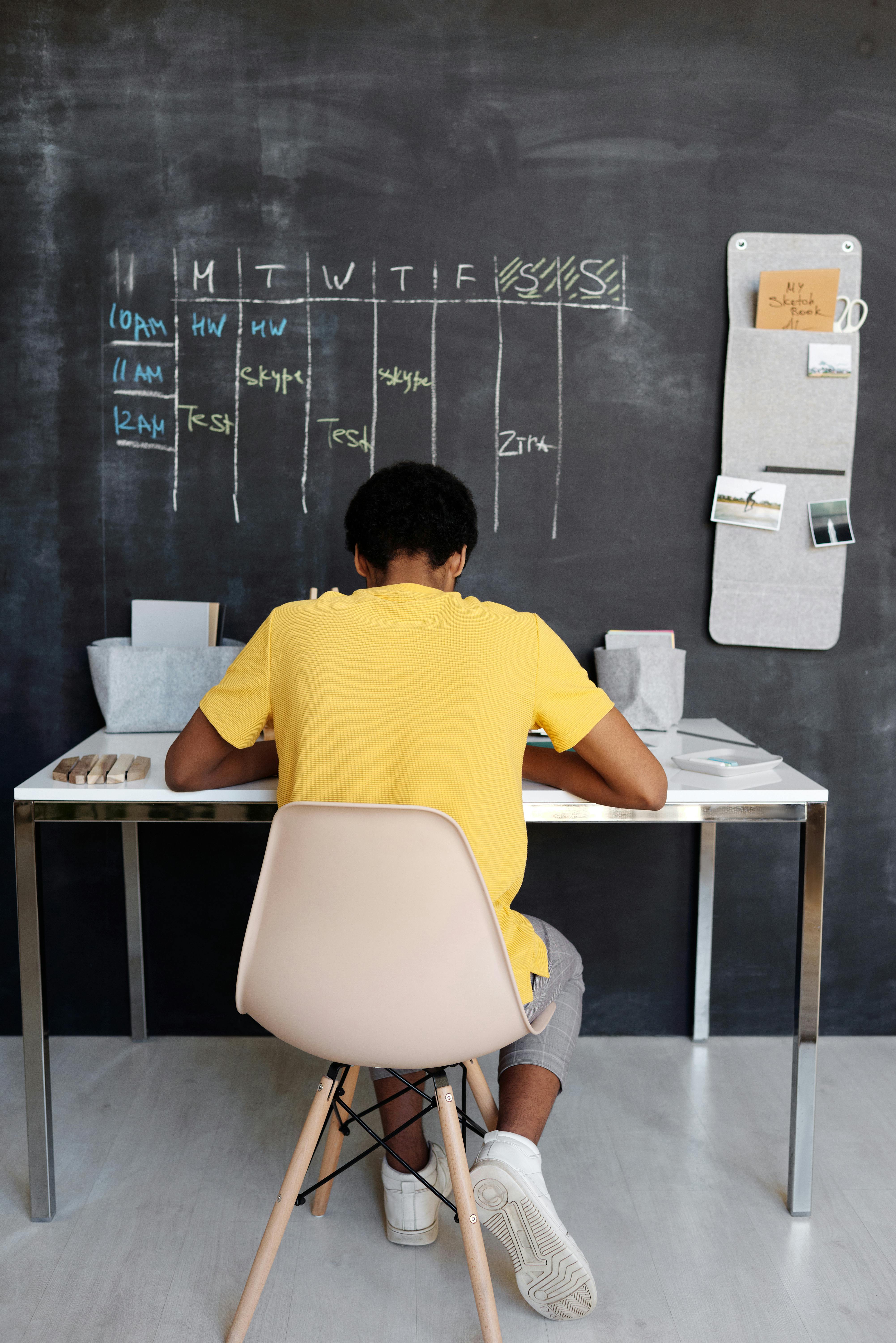

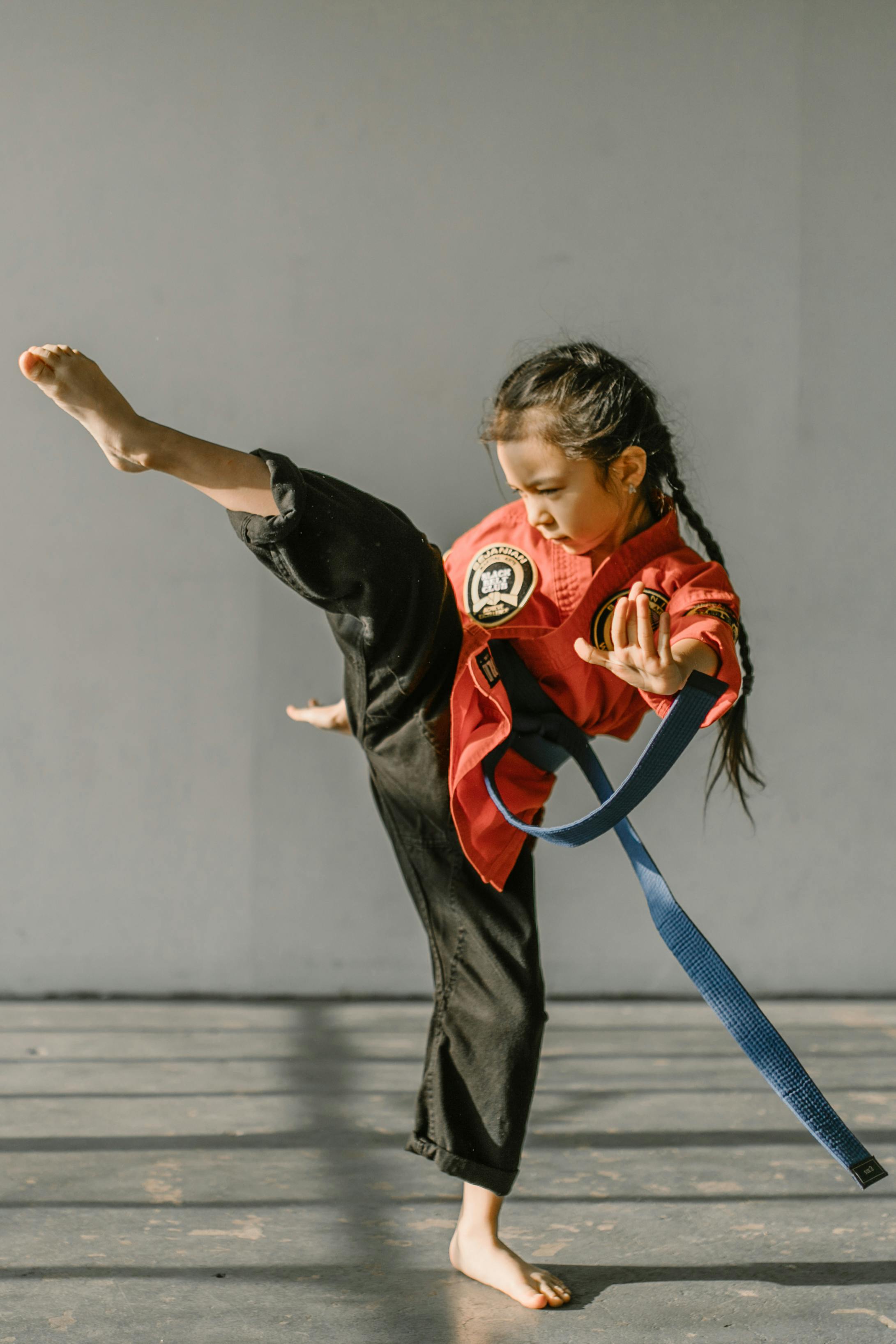

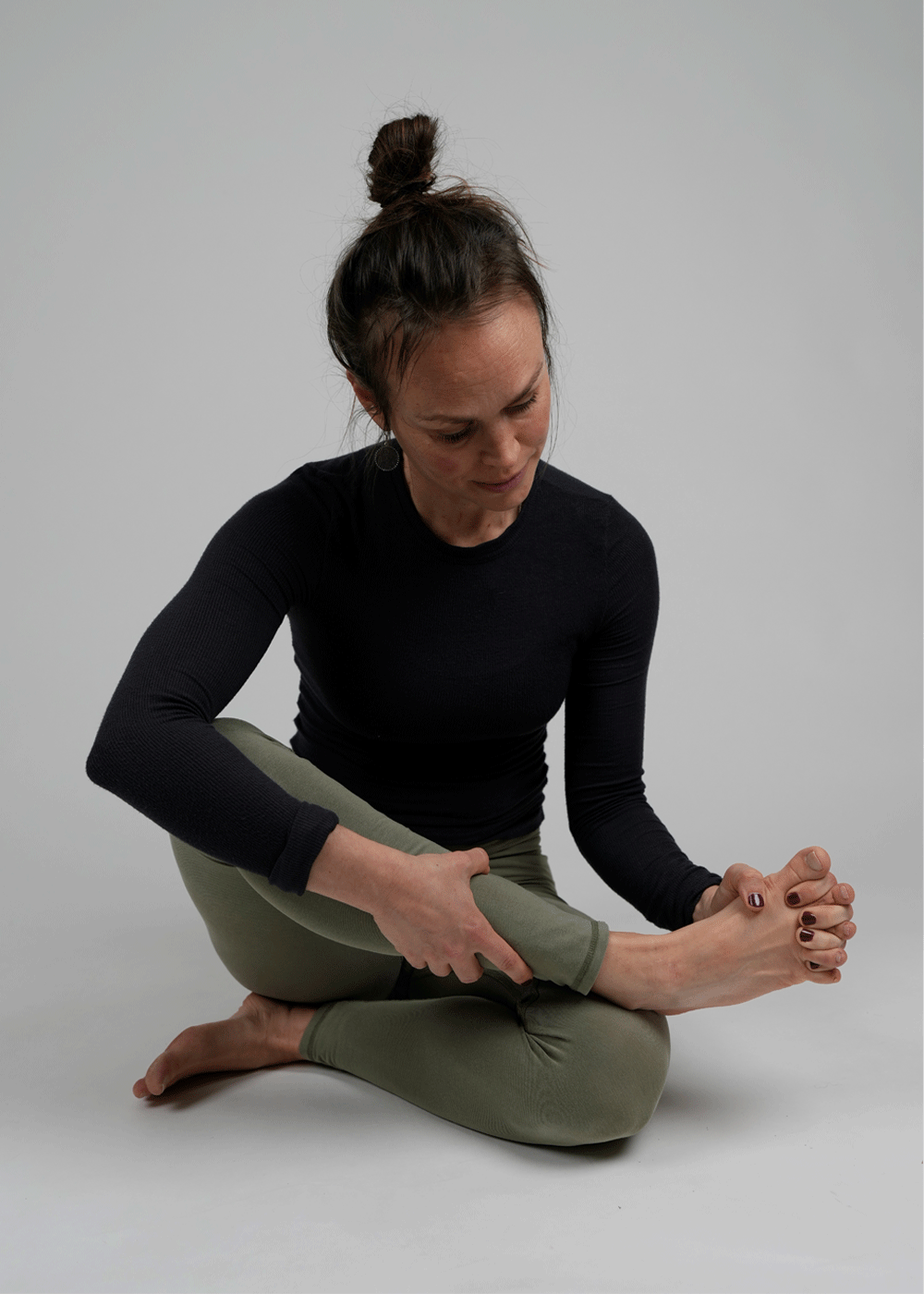
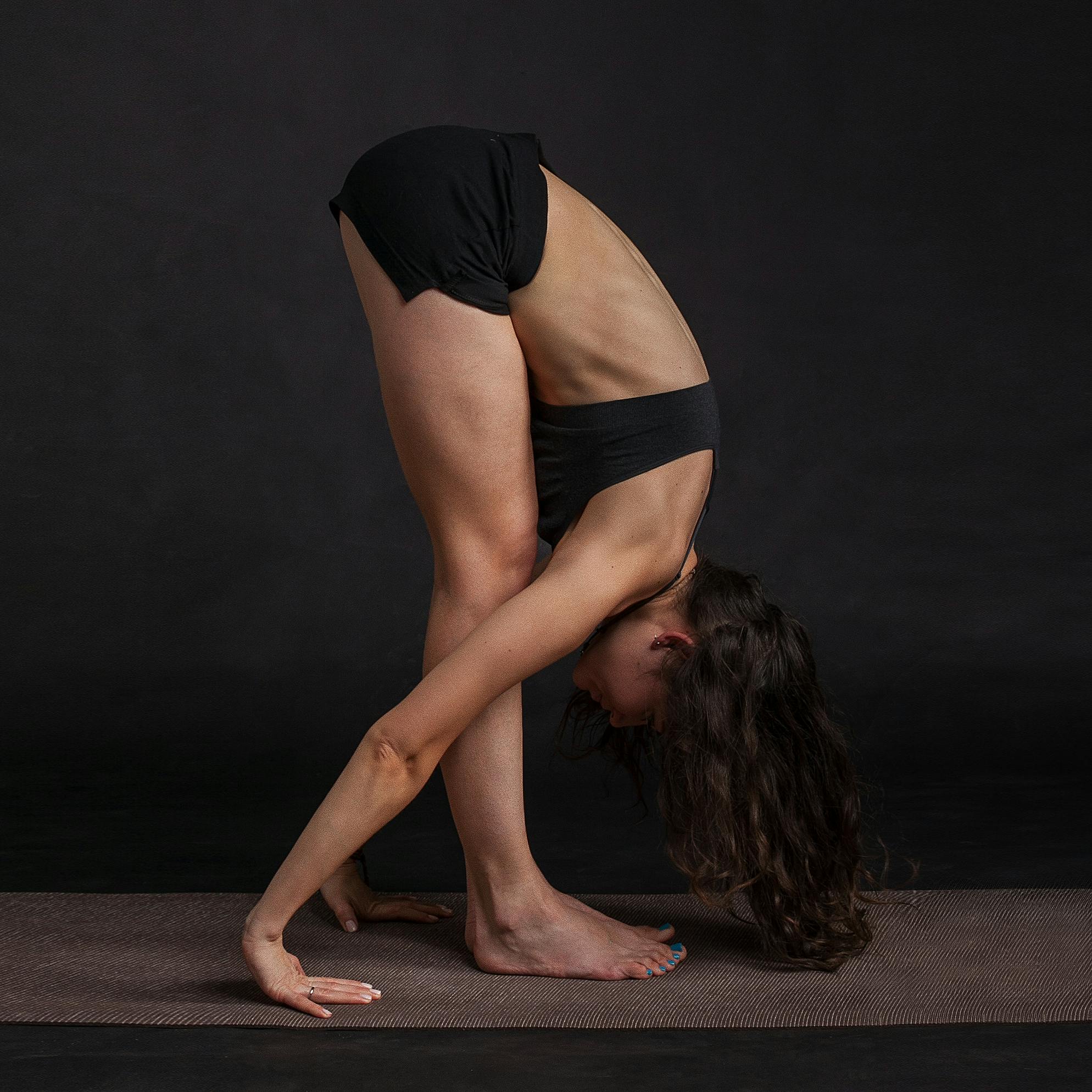



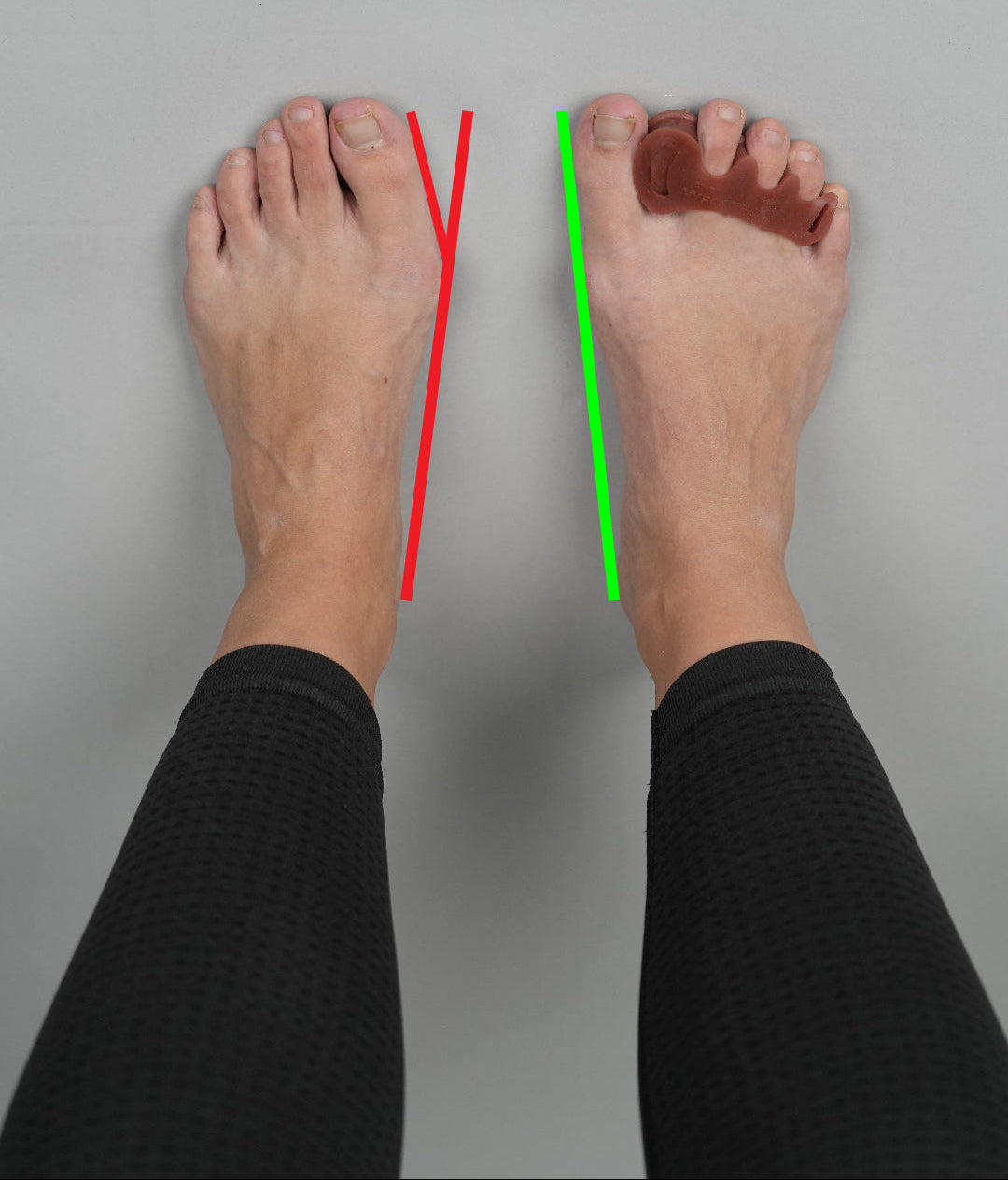

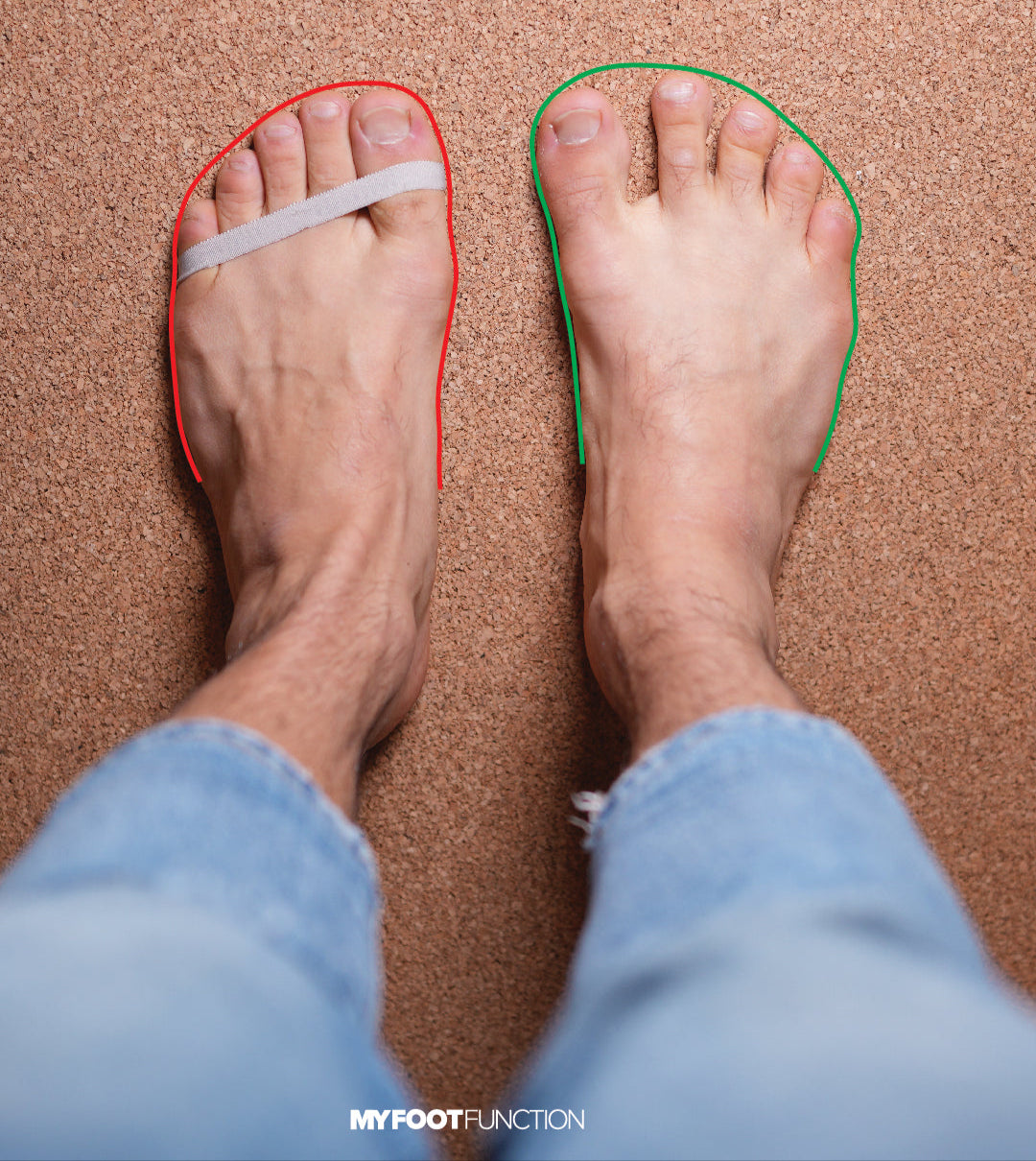
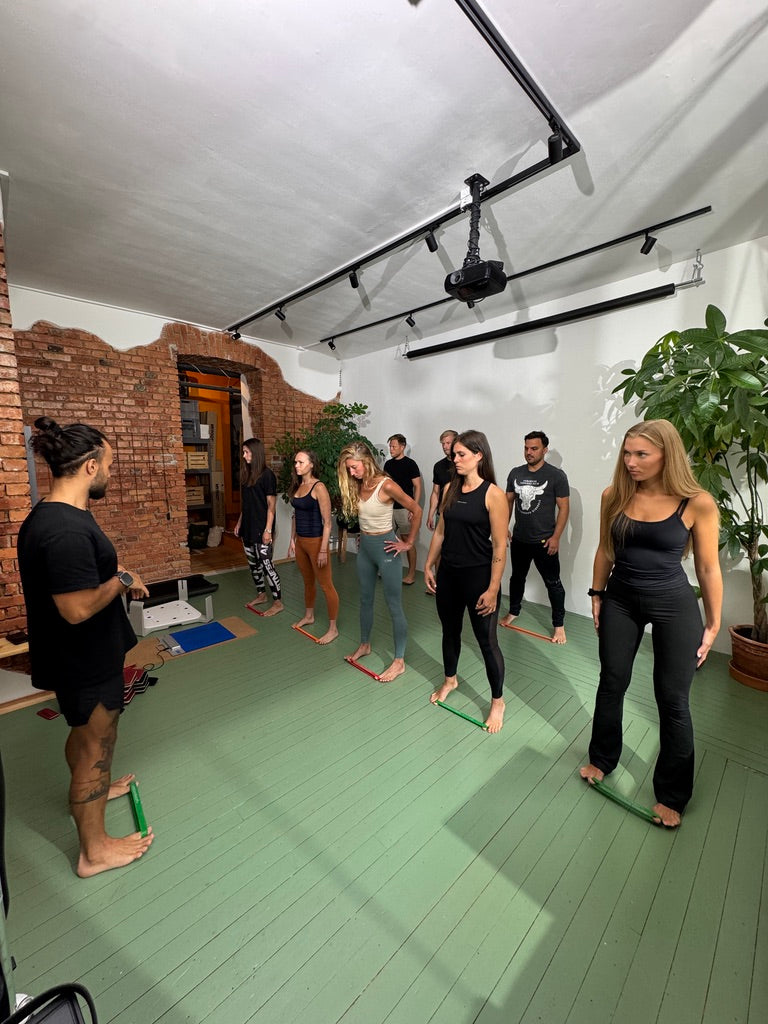
Share:
Pathomechanik struktureller Fußdeformitäten
Barfuß vs. herkömmliches Schuhwerk: Eine systematische Übersicht